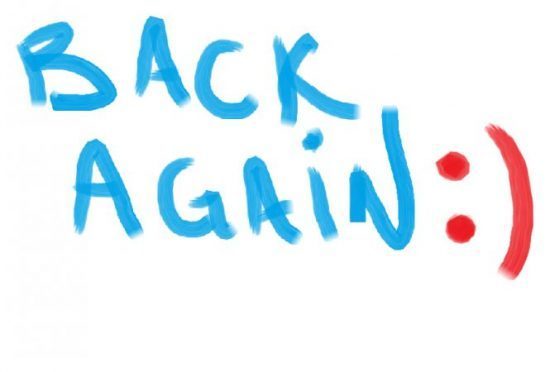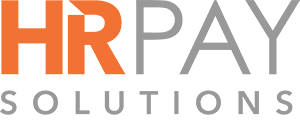 April 27, 2019 | Taj Soloman
April 27, 2019 | Taj Soloman
Payroll | STP
Do you employ less than 19 employees?
STP is coming….Again
The new reporting requirement has now begun. As of 01 July 2019, businesses with 19 or less employees are required to report to the ATO each pay cycle.
In this article, we explore the important elements of the changes, with a focus on how to ensure your business can remain compliant.
What is single touch payroll?
STP is
Coming….Again
Single touch payroll is also called real-time payroll reporting meaning every time a business pays their workers, all salary information is sent to the ATO. This includes wages, deductions and super information, eliminating the need for Pay-As-You-Go withholding activity statements throughout the year.
This real-time reporting is generally done through accounting software platforms such as MYOB, Xero or Quickbooks. In fact, this is so prevalent the ATO’s own explainer on the regime repeatedly advises businesses to talk to their third-party software providers.
Each pay run, also known as a “Pay Event”, must be reported every time you pay employees. Businesses must also notify the ATO of any changes to a previous pay run, also known as a “Update Event”.
Reporting is conducted from our Single Touch Payroll (STP) enabled payroll software. This was first introduced in July 2019 for businesses with 20 or more employees
What can’t be reported?
Be Specific
There are some payments that can’t be reported via the STP. It includes the payments that are not paid in the payroll process. Also, if the payments were made to those that aren’t employees, you don’t have to include it in your STP.
For instance, payments that were made on investment funds or purchases that are considered taxable. For these things, businesses will still be required to provide payment summaries as well as an annual report to the Commissioner for these types of payments.
You also can’t include those that are not considered withholding payment even if it is made via the payroll software.
Why is this happenning?
Firstly, it’s a much more efficient way to run the taxation system, which means it costs taxpayers less.
It also makes black economy activity harder — at least in theory — because the ATO has a better idea of who is being paid what, and when. For businesses, STP reporting can make things easier and more efficient, particularly if the process becomes automated to a degree.
There’s no shortage of concerns about the extension of STP reporting to smaller employers. Worries range from businesses not being aware of the changes to micro-employers (four or fewer workers) not having digital payroll software or access to reliable internet (more on that below).
What is the scale of this change?
45,000 Businesses
Currently Reporting
The ATO has said about 730,000 businesses will need to start doing STP reporting under the changes. To put that in perspective, there are about 45,000 businesses currently doing STP reporting after it became a requirement for businesses with more than 20 workers in July 2018.
About 15,000 businesses with less than 19 workers are already using STP. This means the ATO will need to increase the size of the STP regime tenfold, an undertaking described by BDO partner Brian Greenacre as a big job.
It’s the biggest compliance undertaking since the GST.
How will it work?
For businesses with digital payroll software, enabling STP reporting can be as easy as a few clicks. For those without it, the ATO has said it won’t be forcing anyone to get it, although they have strongly implied businesses should.
Businesses without digital software will need to comply with the new regime through business activity statement filings, submitted to the ATO. Compliance requirements are increasing and such a change will be a “big step” for many small businesses which don’t have digitised payroll systems.
We encourage businesses to get ahead of the curve and sign up for STP before any legislation passes.
How can HR Pay Solutions help?
HR Pay Solutions is a Licensed Payroll Provider that provides businesses with Employment life-cycle services spanning Payroll advice & outsourcing, Human Resources advice & outsourcing as well as Safety documentation all through our cloud based customised software solution.
Through our software “HRPAY”, you can report your STP directly to the ATO. Our software integrates directly into leading accounting platforms such as MYOB and Xero. Our software is also capable of other payroll and HR capabilities such as time and attendance, onboarding, tax file declarations, documentation and much more.
Set up?
Set up is easy! Simply notify the ATO and link the software with them via the Software ID or let us do it for you. Once ready, the reporting capabilities will be available for every pay run and the information will be filed directly with the ATO.
- Single Touch electronically reporting directly through to the ATO
- Report each “pay event” and provide the ATO with an “update event” for any changes made to past pay events
- Electronically upload Tax File Declaration forms
- Review and update details such as ABN, addresses, business Tax File number and more!
- Review and update employee details including date of birth tax file numbers and addresses
- You can also outsource directly with us and we will ensure your business meets its reporting requirements
Information provided in this blog is not legal advice and should not be relied upon.
About The Author:
Taj Soloman ![]()
Taj Soloman is an established people management professional with experience spanning Payroll, Human Resources, Industrial Relations, Employee Relations and Workplace Health and Safety.
Taj is also the co-founder of HR Pay Solutions providing customers with a total solution to employee management.
